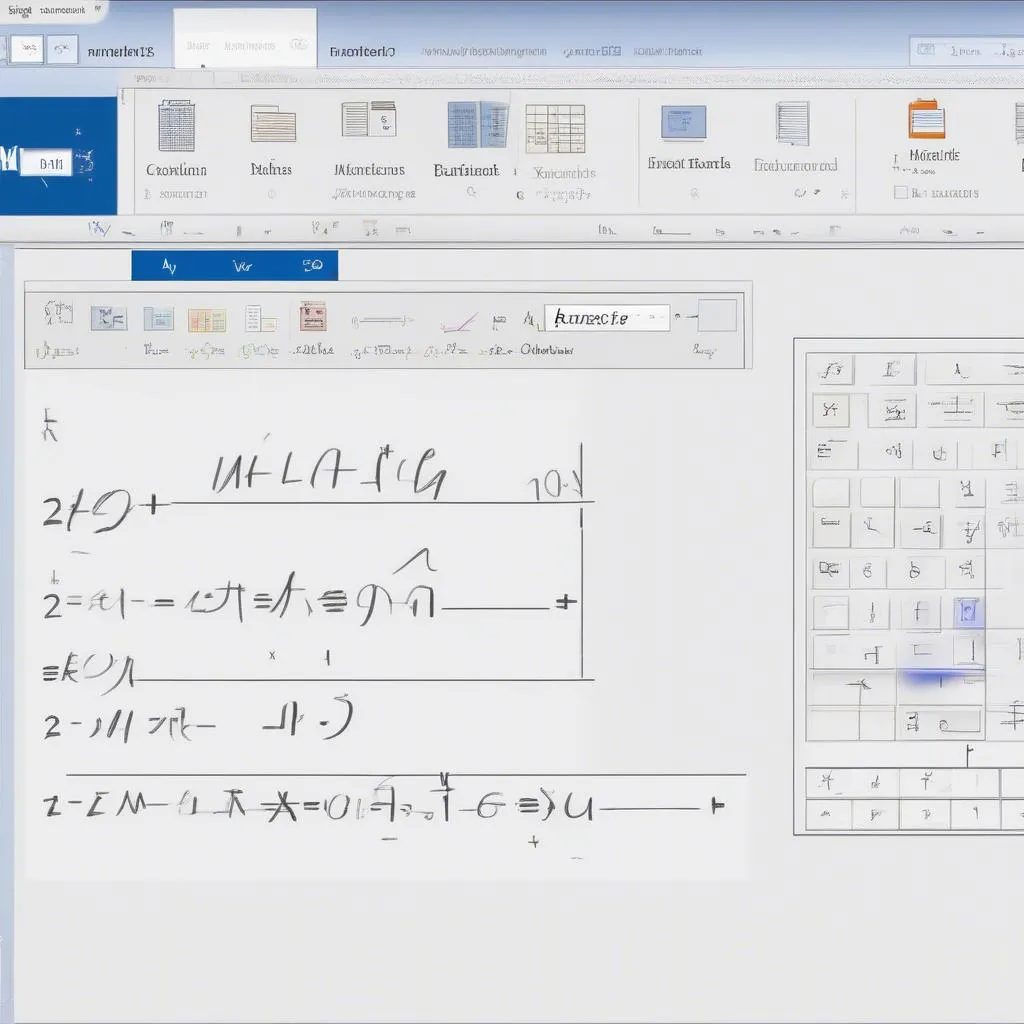“Look before you leap” – in scientific research, data is your voice. Accurate data entry is the cornerstone of a successful study, preventing comical errors like my friend’s – a PhD student – who spent three months collecting customer satisfaction data, only to realize he’d entered the date format incorrectly, rendering all his work useless!
To help you ensure your “data speaks volumes without any tongue-twisting,” this article provides a detailed guide on how to perform data entry for scientific research, from A to Z.
I. Getting Started – Choosing the Right Software
The first step is to select the right “companion” for your data “conquering” journey. Microsoft Excel is currently the most popular data entry software, with its user-friendly and easy-to-use interface. You can also explore more specialized software like SPSS, R, or Stata – the “heavyweights” in data processing.
Imagine you’re preparing for a trip. Excel is like a convenient motorbike, easy to navigate in the city, suitable for small-scale research. SPSS, R, or Stata, on the other hand, are like cars, powerful and versatile, helping you “overcome terrains” of complex data in large-scale studies.
The choice of software is yours, but remember, “choose your vehicle wisely and know the route” – ensure you have enough knowledge to use that software effectively. You can learn more about UCP 600 here: link.
II. “Coding” Data – A Must-Do Step
After choosing your preferred “steed,” the next step is “coding” data. It sounds sophisticated, but it’s simply converting the information you collect into numerical form, making it easier for computers to “understand” and process.
For example, if you’re researching student satisfaction with teaching quality, instead of directly entering answers like “Very satisfied,” “Satisfied,” “Neutral,” etc., you can “code” them into corresponding numbers like 1, 2, 3,…
“Coding” data not only helps computers process information faster but also prevents errors caused by typos and enhances data security.
III. Data Entry – Caution and Meticulousness are Key
This step is like “laying each brick” for your research house. Every number, every piece of data must be entered accurately and carefully.
1. Using the Correct Format
Each data type has a suitable format. For example, dates should be entered in dd/mm/yyyy format, phone numbers should have spaces and special characters removed, etc. Using the correct format will prevent errors during later data processing.
2. Error Checking After Entry
“A small error can lead to a large mistake” – don’t let minor data entry errors affect your research results. Always double-check after entering data, using the software’s error checking tools or cross-checking between data tables.
IV. Data Storage – “Lasting Value Depends on the Keeper”
Once data entry is complete, don’t forget to store it carefully. Name your files in an easy-to-remember, searchable way, and back up your data in multiple locations to avoid “locking the stable door after the horse is stolen.”
V. Quick Tips for You
- Use Excel’s “Data Validation” feature to limit the range of data entry, preventing incorrect formats.
- Create a “Codebook” table to note the meaning of data codes, helping you manage and analyze data easily later.
Conclusion
Data entry in scientific research is a crucial stepping stone that determines the quality of your study. Hopefully, this article has provided you with useful information on how to perform data entry for scientific research. Remember, “wisdom from within, revealed through numbers” – quality research stems from accuracy and meticulousness in every number.
If you have any questions or need further assistance, please contact us at 0372888889, or visit us at: 335 Nguyen Trai, Thanh Xuan, Hanoi. Our customer care team is available 24/7.

